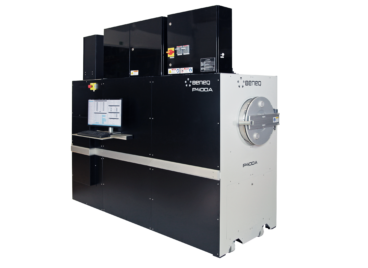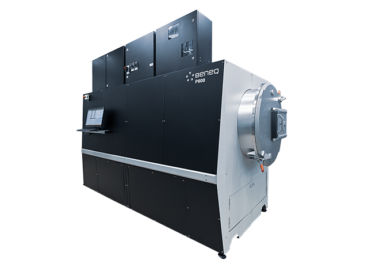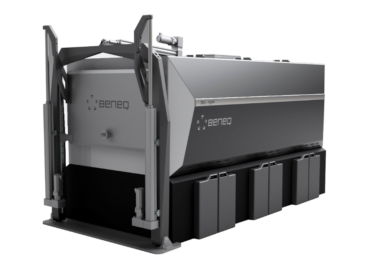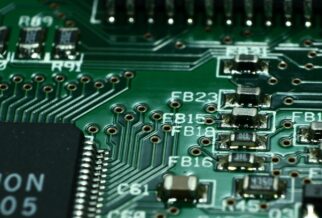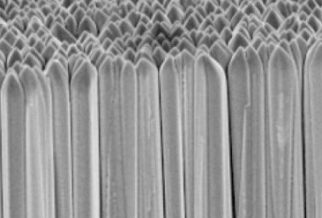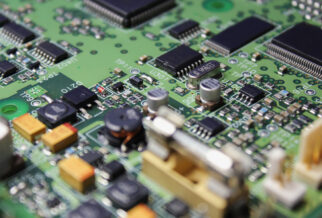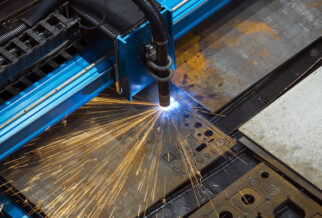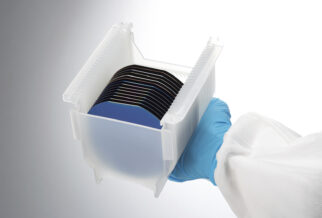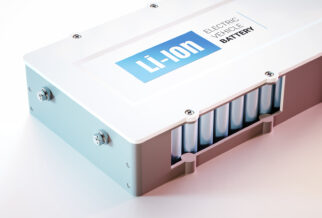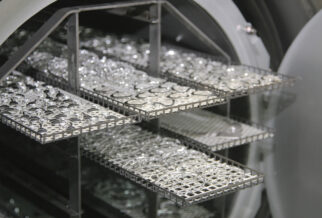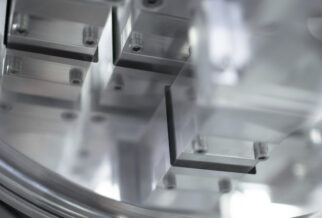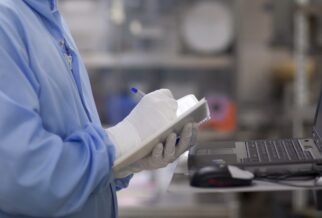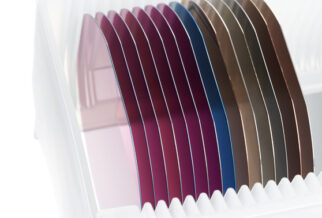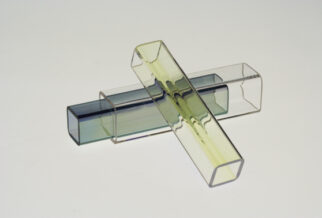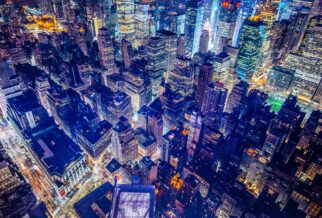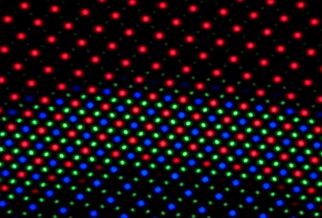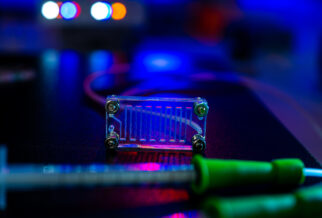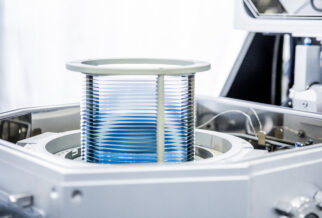PRODUCTS
Batch Production
Largest scale, general purpose ALD production systems ideal for coating diverse substrate types and thick films. Easily scale up ALD deposition from the R&D phase to full manufacturing.
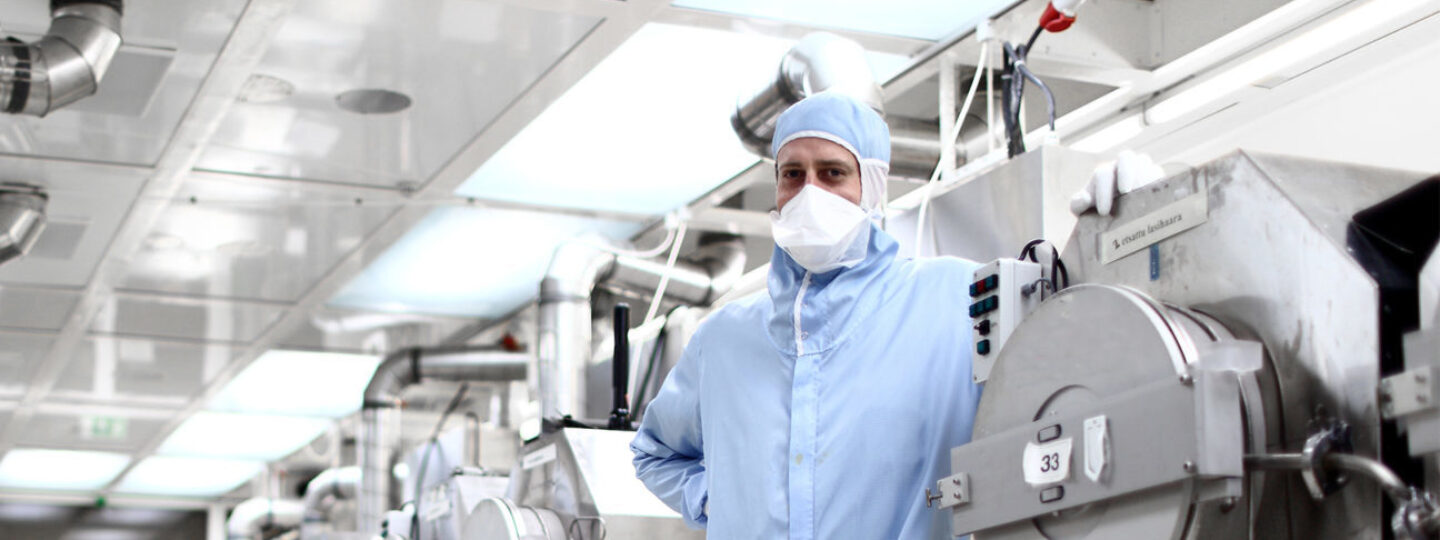
Beneq P400A
Built with reliability in mind, the P400A is the result of more than 20 years of ALD production experience. The P400A decouples pressure relations by using a single mass flow controller with carrier gas distribution solely by orifices. By using only solenoid type valves, ALD dosing is fast and repeatable
See productBeneq P800
The industry standard for ALD coating of large batches and parts. Capable of ALD processes of metal oxides, rare earth oxides, nitrides, sulfides and carbides. Large enough to accomodate a variety of reactions chambers for best uniformity regardless of sample size. Patented dosing valves and Beneq’s unique backsuction feature prevent any precursor leak to the reaction chamber.
See productBeneq P1500
The world’s largest ALD reactor. Uniquely designed to coat very wide area substrates and large batches of 3D components. Equipped with high-capacity precursor sources, rotatable reaction chambers, and optional pre-heating oven for ALD on the biggest scale.
See product
